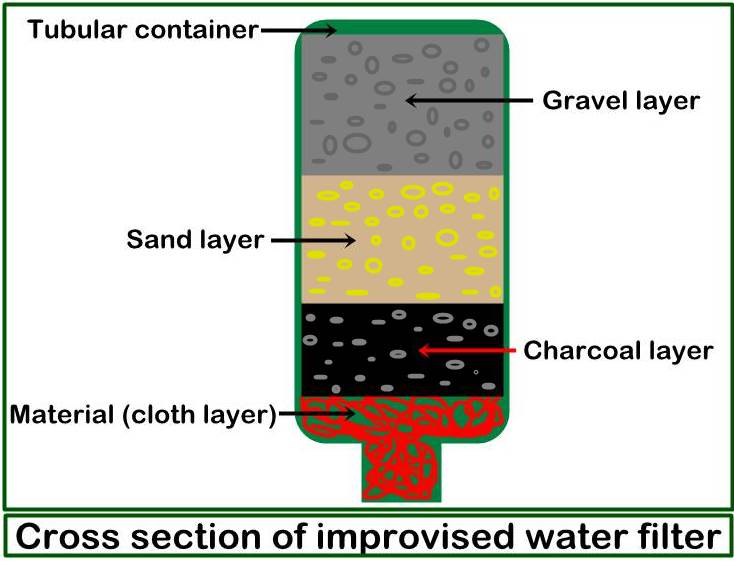How To Attach Scales To A Knife Blade Blank
Here at Bushgear, we sell many interesting knife making supplies and blade blanks. We are often asked what is the best way to go about completing a knife build.
Whether you have bought a knife making kit (as pictured) or have made all the components from scratch yourself, the process for attaching the scales will be pretty similar, across the board.
So what needs to be done first?
An important part of this process includes making sure that all surfaces are flattened out, so that they lie flush with each other. Any gaps left between the steel and the scales will only be emphasised once everything is glued and riveted into place. It is also important to allow time for the wood (if you are using wooden scales) to season, if this is not done, the wooden scales may be prone to splitting or warping when glue or pressure is applied. If you are using a pre-made knife making kit, these issues should not be a problem as the wood should already be stabilised and seasoned.
Commonly used knife making materials - Knife scales can be made from a wide range of materials varying from natural wood, to plastics, to bone, to metals, to man made composites such as Micarta. Often, knife scales can sit on liners, which add to the overall aesthetic and durability of a knife. Again, you will need to make sure that these are completely flat and straight.

By this stage, holes for pins or rivets should already have been drilled out and sanded down. Now, for safety, it is highly advisable to wrap the blade in a strong adhesive tape (duct tape or similar), so you don't cut yourself during the build.
If you are using liners, place the knife handle portion of the steel onto the liners and trace around the shape. Once you have the outline, trim the liners to the correct shape and drill out the corresponding holes through both liners for the rivets, pins or screws.
Next, sand back the scales so that they become flush with the liners and the blade handle. Once the liners, handles and and blade handle material are all flush, apply you bonding agent (epoxy etc) to all inner surfaces. Next, insert and tighten the rivets, screws or pins you have chosen.
Once all bonding agents have cured/dried, use a fine grit sandpaper to smooth off all the edges. If using natural woods, we recommend using an oil to preserve, polish and protect the handles. Most commonly used oils for this purpose are Walnut, Linseed and Tung. These oils are particularly useful for curing wood as they dry to form a hard protective coating which means they do not go rancid.

Photos courtesy of Fiddleback (bladeforums), Black Earth Knives and the "Knifeconnection.net".
Good luck with your knife building endeavours. Remember to work safely when handling sharp knives!


